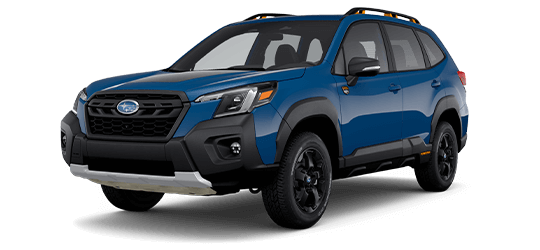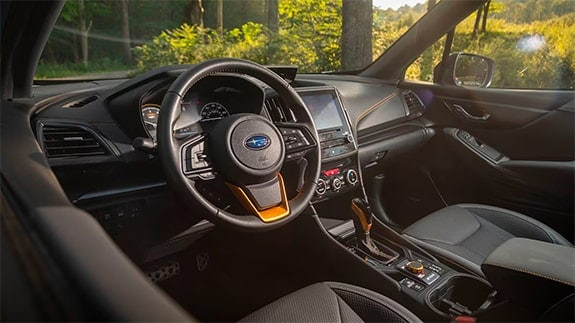The next time you're on the freeway, think about this: Approximately one of every eight U.S. drivers on the road has no automobile insurance, according to the most recent estimate from the Insurance Research Council. With that many people driving without coverage, it's more important than ever for you to be insured. But the real questions are how much car insurance do I need and what recommended car insurance coverage should I buy?
How Much Car Insurance Do You Need?
Laws Require Minimum Coverage, but You Might Need More
Your inclination might be to get the minimum insurance coverage required by law in your state. But that might not fully protect you or your assets if you're at fault in an accident.
More Than the Minimum
Your inclination might be to get the minimum insurance coverage required by law in your state. The trouble with minimum coverage is that it might not fully protect you — or your assets — if you're at fault in an accident. It's a better idea to carry more than the minimum coverage unless you are driving an older car with little value and have no assets to protect.
Every state in the nation except for New Hampshire requires you to have liability insurance. In Alabama, for example, the minimum requirements are $25,000 of bodily injury liability for one person, $50,000 bodily injury liability for all people in an accident, and $25,000 of property damage liability. Another type of coverage, personal injury protection (PIP), or a system called medical payments (MedPay) in some states, pays for your own medical expenses, any lost wages, and whatever other costs may arise when you're injured in an accident. It usually pays about 80 percent of your losses, and it also pays a death benefit.
Some states also require you to purchase car insurance that will cover your medical expenses, pain and suffering losses and, in some states, car damage, in the event that the other motorist is at fault and is either uninsured or underinsured. That mandatory coverage varies according to state. Check this chart from the Insurance Information Institute to see what your state requires.
See Edmunds pricing data
Has Your Car's Value Changed?
Used car values are constantly changing. Edmunds lets you track your vehicle's value over time so you can decide when to sell or trade in.

Coverage to Protect Your Assets
Despite the required minimum requirements for bodily injury liability, it is probably in your best interest to purchase higher limits. If someone else is injured and you're at fault, the minimum liability coverage may not cover the other motorist's medical expenses, in which case he or she will most likely come after your assets. Insurance experts generally recommended that you purchase 100/300 limits of bodily injury liability (meaning $100,000 for one person in an accident and $300,000 for all people injured in one accident). On the other hand, if your personal assets don't amount to much, there's little for another driver to get if he were to sue you. The minimum requirements might actually suit you and will save you some much-needed cash.
Collision and Comprehensive
Besides various forms of liability insurance, there are collision and comprehensive auto insurance coverage recommendations to consider. Collision insurance covers damage to the policyholder's car resulting from running into anything, be it another car, a fire hydrant or a light post. Comprehensive coverage takes care of your car in the case of theft, fire, falling objects, explosions or other unexpected problems.
Collision insurance and comprehensive coverage are required in most lease contracts, and they are essential if you own an expensive car. If you're driving a rattletrap, on the other hand, and the sum of your premium and your deductible are close to the value of your vehicle — or if they exceed it — you might want to consider doing without this coverage.
Review Your Needs
Before you purchase any type of recommended auto insurance coverage, be sure to study your other insurance policies so you don't end up paying for something you don't need. If you have a decent health insurance plan, you might get away with purchasing the bare minimum personal injury protection coverage — or none at all if your state doesn't require it. However, you might end up paying a copay and deductible that wouldn't apply if you have PIP or MedPay.
Uninsured or underinsured motorist coverage also might be a wise buy, even if you have full medical coverage, since it can pay for your pain and suffering damages. If you're offered roadside assistance coverage by your insurer, you might not need it if you already belong to an organization such as AAA that offers it. The same thing applies to mechanical breakdown insurance. If you own a newly financed or leased vehicle that's still covered under warranty, such coverage is unnecessary.
It's easy to resent having to spend money on insurance. But keep in mind that auto insurance will most likely come to your rescue at some point, so it's imperative to purchase a worthwhile policy. Everyone's answer to "How much auto insurance do I need?" will be different. Examine what coverage you must have to protect your assets and what additional coverage fits your lifestyle. Then if trouble strikes, you'll be ready.

 by
by 
